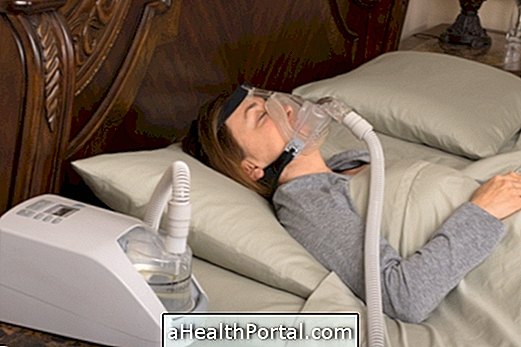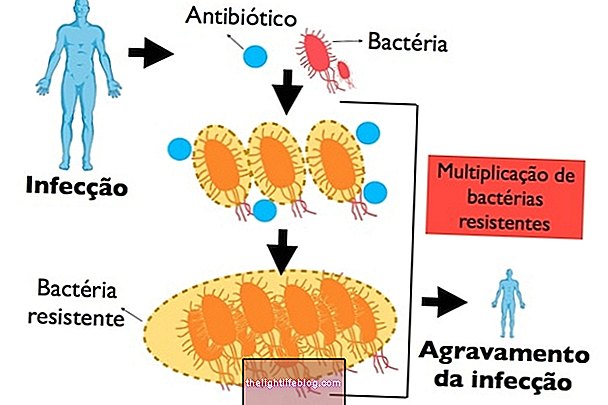Restless leg syndrome is characterized by involuntary movement and a feeling of discomfort in the legs, which can occur shortly after going to bed or throughout the night, interfering with the ability to sleep well.
Restless leg syndrome usually develops after age 40 and in pregnant women, being more frequent when the individual is tired.
Restless leg syndrome has no cure, but its symptoms can be reduced with relaxation techniques or drug ingestion.

Symptoms of Restless Leg Syndrome
Symptoms of Restless Leg Syndrome may include:
- Involuntary movements of the legs;
- Willing to move legs constantly;
- Discomfort in the legs such as itching, stitches and tingling.
The intensity of these symptoms varies according to the severity of the disease and in some cases can prevent the individual from falling asleep, resulting in drowsiness and tiredness during the day.
Treatment for Restless Leg Syndrome
Treatment for restless legs syndrome should only be started when symptoms manifest during the day or prevent sleep, including taking tranquilizers such as clonazepam or antiparkinsonian medicines such as Pramipexole or Ropinirole.
However, to reduce the symptoms individuals should try to relax the muscles of the legs before sleeping through hot baths, stretching or leg massage.
Causes of Restless Legs Syndrome
Some causes of restless legs syndrome include:
- Genetic factors;
- Iron deficiency;
- Renal insufficiency;
- Diabetes;
- Parkinson's disease;
- Rheumatoid arthritis.
Restless legs syndrome in pregnancy is very common and arises mainly in the last trimester, disappearing after the baby's birth.





















